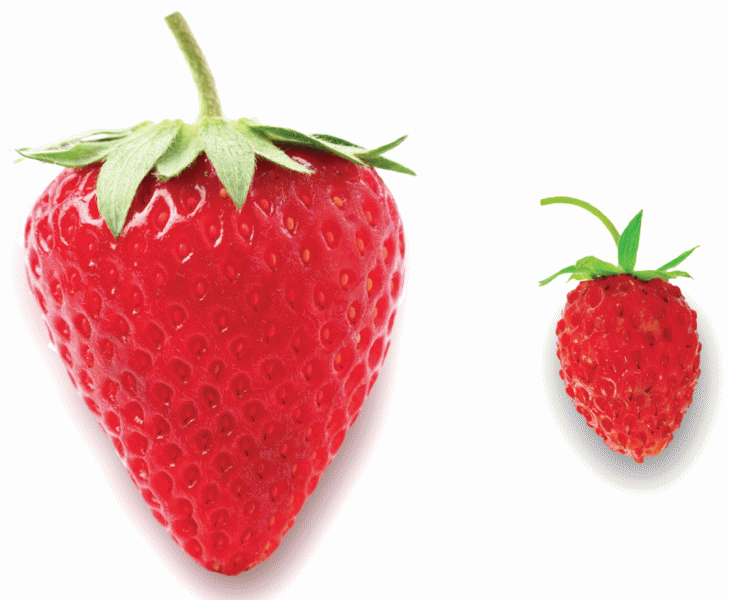This topic contains a solution. Click here to go to the answer
|
|
|
Did you know?
Cucumber slices relieve headaches by tightening blood vessels, reducing blood flow to the area, and relieving pressure.
Did you know?
The largest baby ever born weighed more than 23 pounds but died just 11 hours after his birth in 1879. The largest surviving baby was born in October 2009 in Sumatra, Indonesia, and weighed an astounding 19.2 pounds at birth.
Did you know?
Thyroid conditions may make getting pregnant impossible.
Did you know?
There are more nerve cells in one human brain than there are stars in the Milky Way.
Did you know?
It is difficult to obtain enough calcium without consuming milk or other dairy foods.







